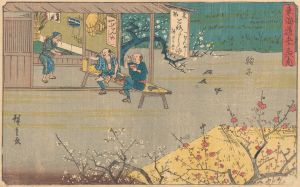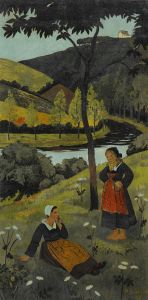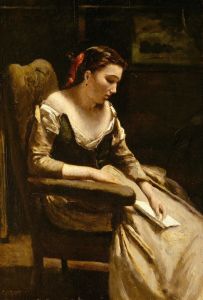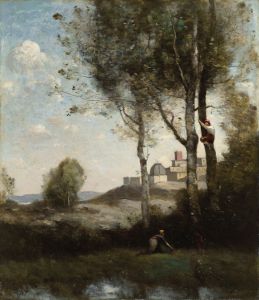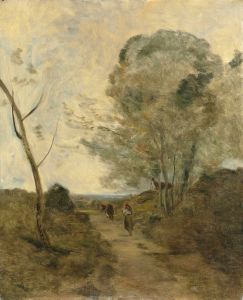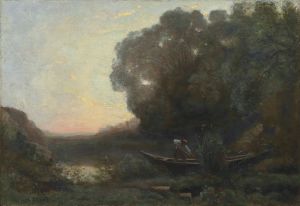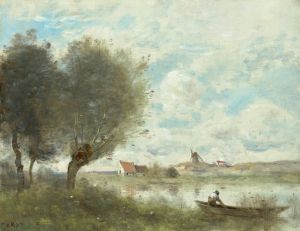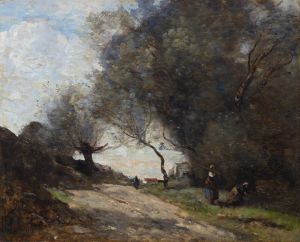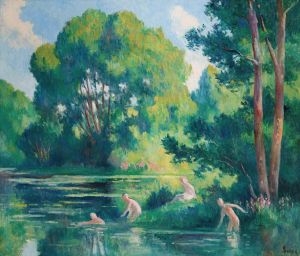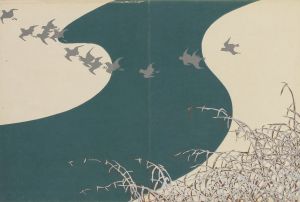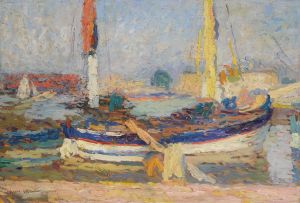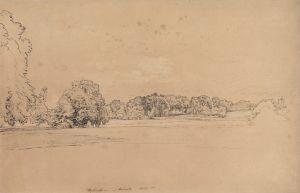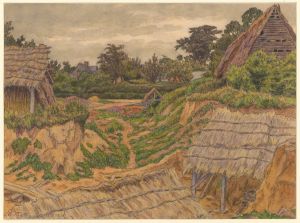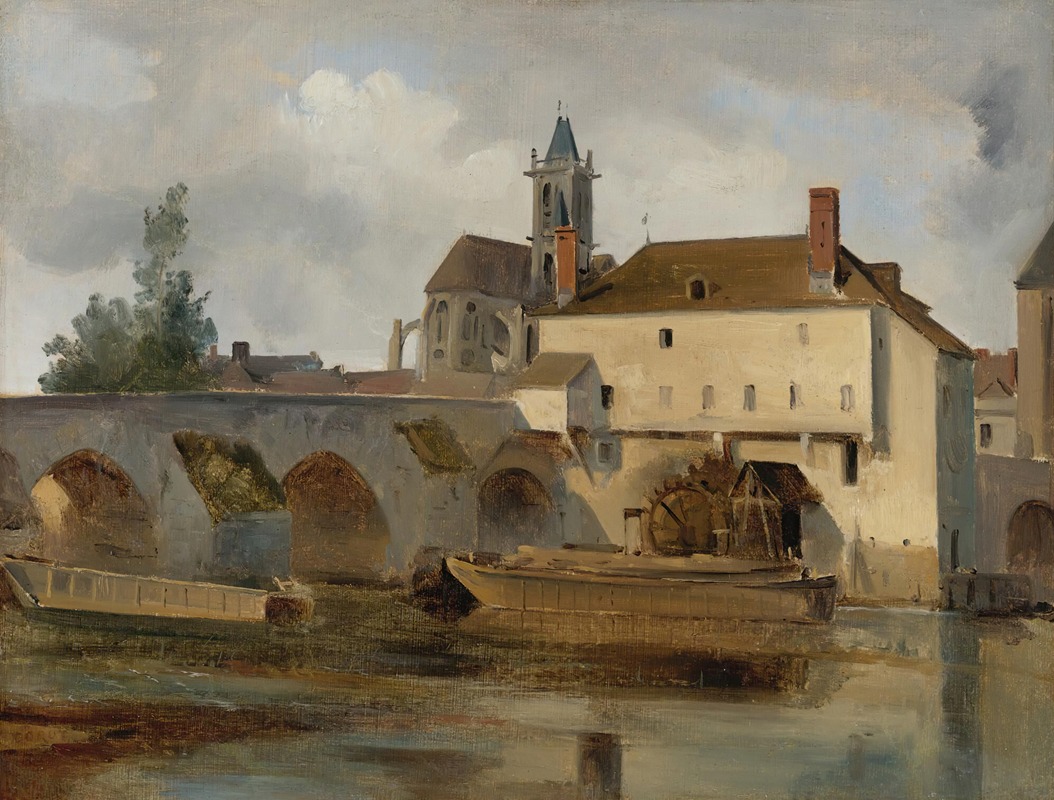
Moret Sur Loing, Le Pont Et L’eglise
A hand-painted replica of Jean-Baptiste-Camille Corot’s masterpiece Moret Sur Loing, Le Pont Et L’eglise, meticulously crafted by professional artists to capture the true essence of the original. Each piece is created with museum-quality canvas and rare mineral pigments, carefully painted by experienced artists with delicate brushstrokes and rich, layered colors to perfectly recreate the texture of the original artwork. Unlike machine-printed reproductions, this hand-painted version brings the painting to life, infused with the artist’s emotions and skill in every stroke. Whether for personal collection or home decoration, it instantly elevates the artistic atmosphere of any space.
Jean-Baptiste-Camille Corot was a pivotal figure in landscape painting, bridging the gap between the traditions of the 19th-century Romantic movement and the emerging Impressionist style. One of his notable works, "Moret Sur Loing, Le Pont Et L’eglise," exemplifies his mastery in capturing the serene beauty of rural France.
Corot was born in Paris in 1796 and developed a passion for painting landscapes early in his career. He traveled extensively throughout France and Europe, seeking inspiration from nature and the picturesque scenery he encountered. His work is characterized by a delicate balance between realistic representation and a more poetic, atmospheric quality that would later influence the Impressionists.
"Moret Sur Loing, Le Pont Et L’eglise" is a painting that depicts the charming town of Moret-sur-Loing, located in the Île-de-France region. This town, with its medieval architecture and scenic river views, was a popular subject for artists during the 19th century. Corot's painting captures the essence of this quaint locale, focusing on the bridge and church, which are central landmarks of the town.
In this work, Corot employs his signature soft brushwork and a muted color palette to create a tranquil scene. The painting is composed with a keen eye for balance and harmony, typical of Corot's style. The bridge, with its arches reflected in the gently flowing river, leads the viewer's eye towards the church, which stands as a testament to the town's historical and cultural heritage. The sky, often a significant element in Corot's landscapes, is rendered with subtle gradations of light, suggesting a calm, overcast day.
Corot's ability to convey mood and atmosphere is evident in this painting. He was known for his plein air technique, painting outdoors to capture the natural light and essence of the landscape. This approach allowed him to infuse his works with a sense of immediacy and authenticity. In "Moret Sur Loing, Le Pont Et L’eglise," this technique is apparent in the way he captures the interplay of light and shadow on the buildings and water.
The painting reflects Corot's transition from the more structured compositions of his early career to a freer, more expressive style. This evolution in his work was influential in the development of Impressionism, as artists like Claude Monet and Camille Pissarro drew inspiration from Corot's treatment of light and atmosphere.
Corot's landscapes often evoke a sense of nostalgia and timelessness, qualities that are present in "Moret Sur Loing, Le Pont Et L’eglise." The painting invites viewers to pause and appreciate the quiet beauty of the French countryside, a theme that resonated with many of his contemporaries and continues to captivate audiences today.
Throughout his career, Corot received recognition for his contributions to art, and his works were exhibited in the prestigious Paris Salon. Despite his success, he remained a humble artist, dedicated to his craft and the pursuit of capturing nature's beauty. "Moret Sur Loing, Le Pont Et L’eglise" stands as a testament to Corot's enduring legacy and his influence on the trajectory of modern landscape painting.





